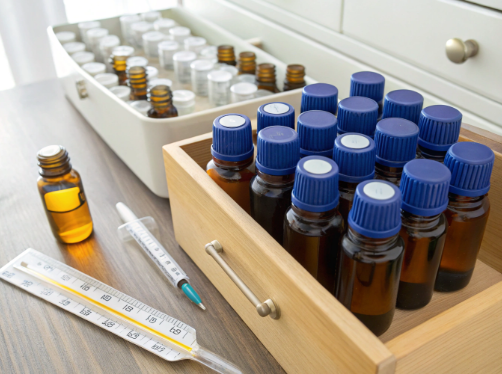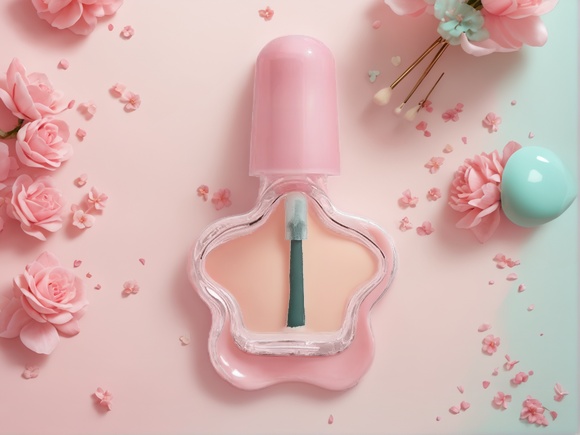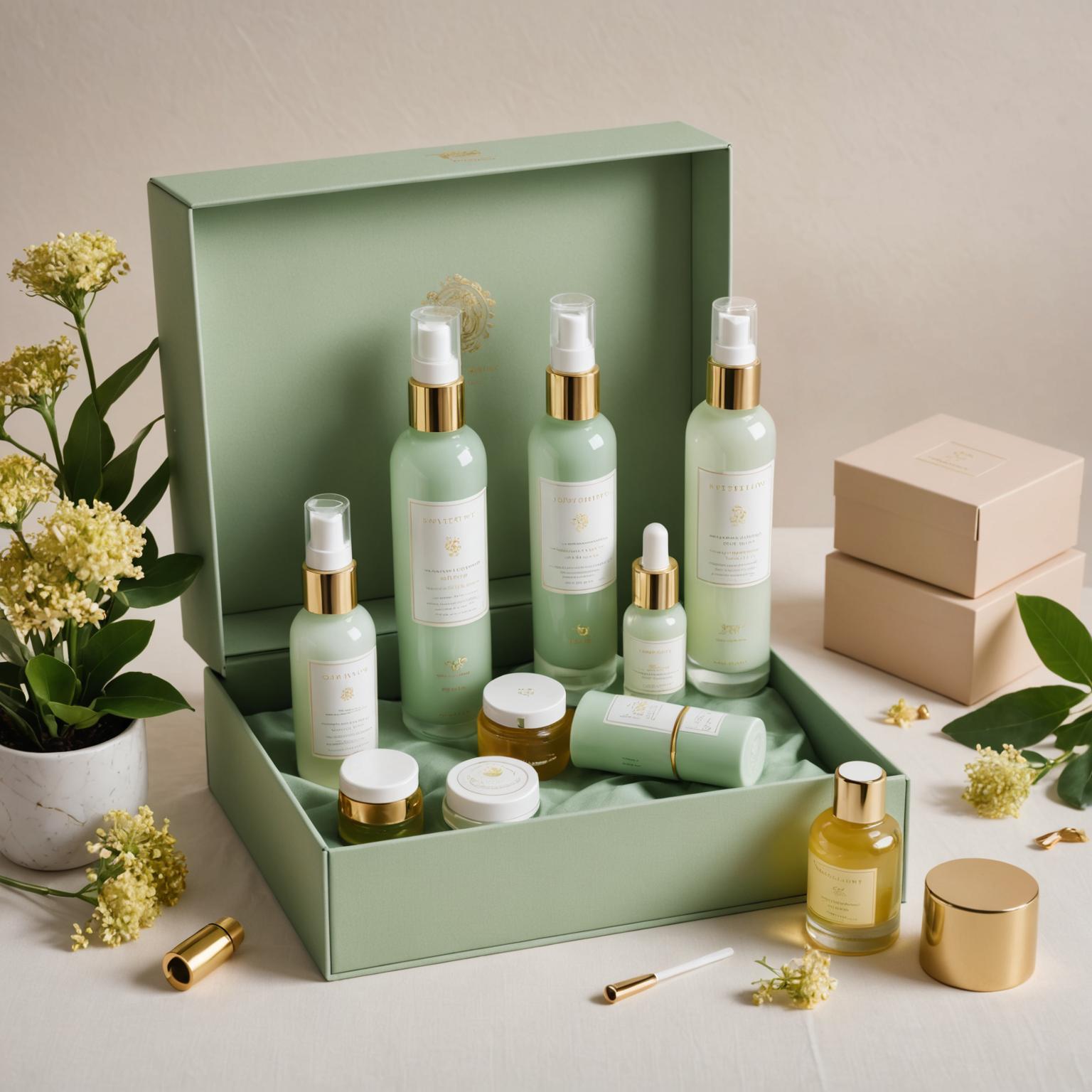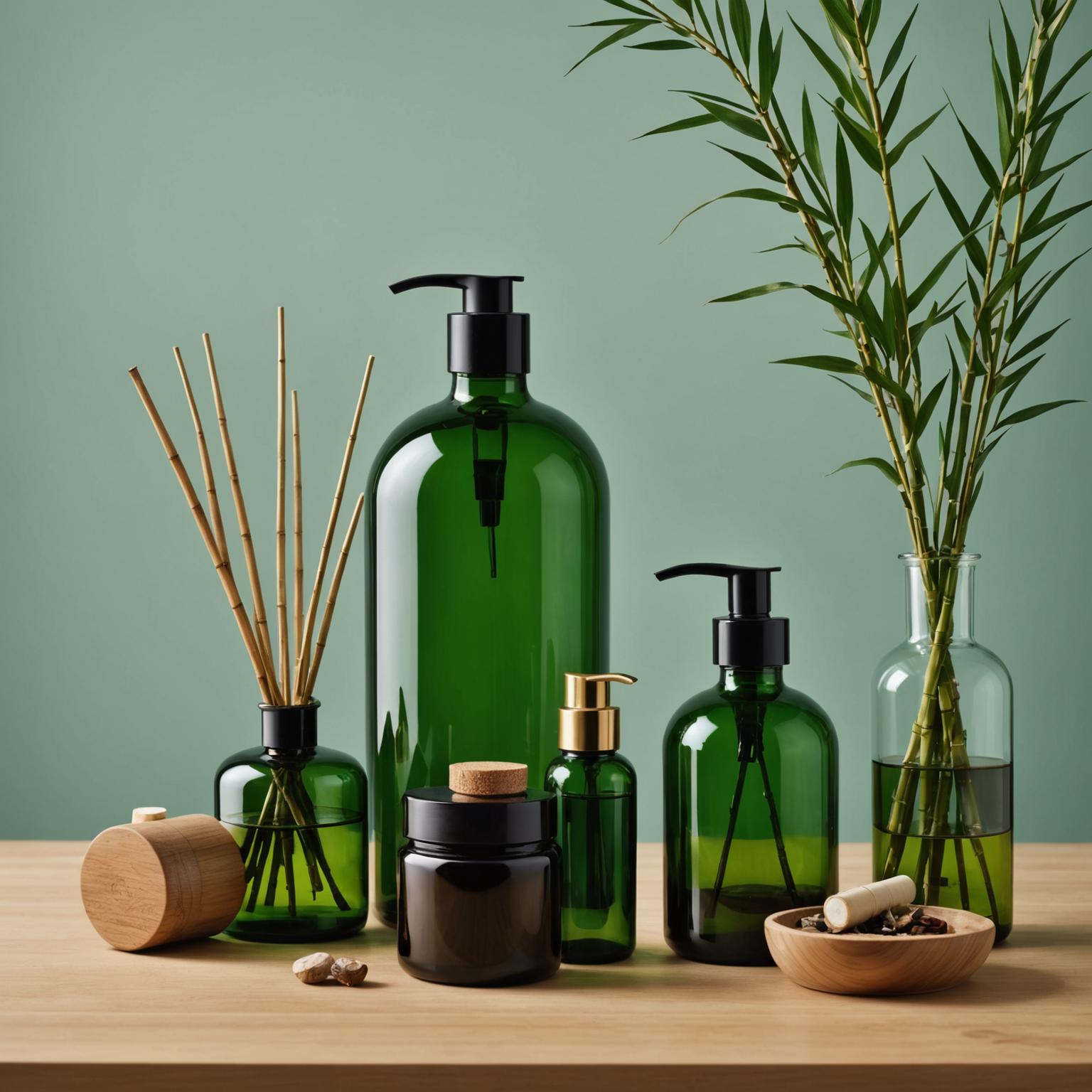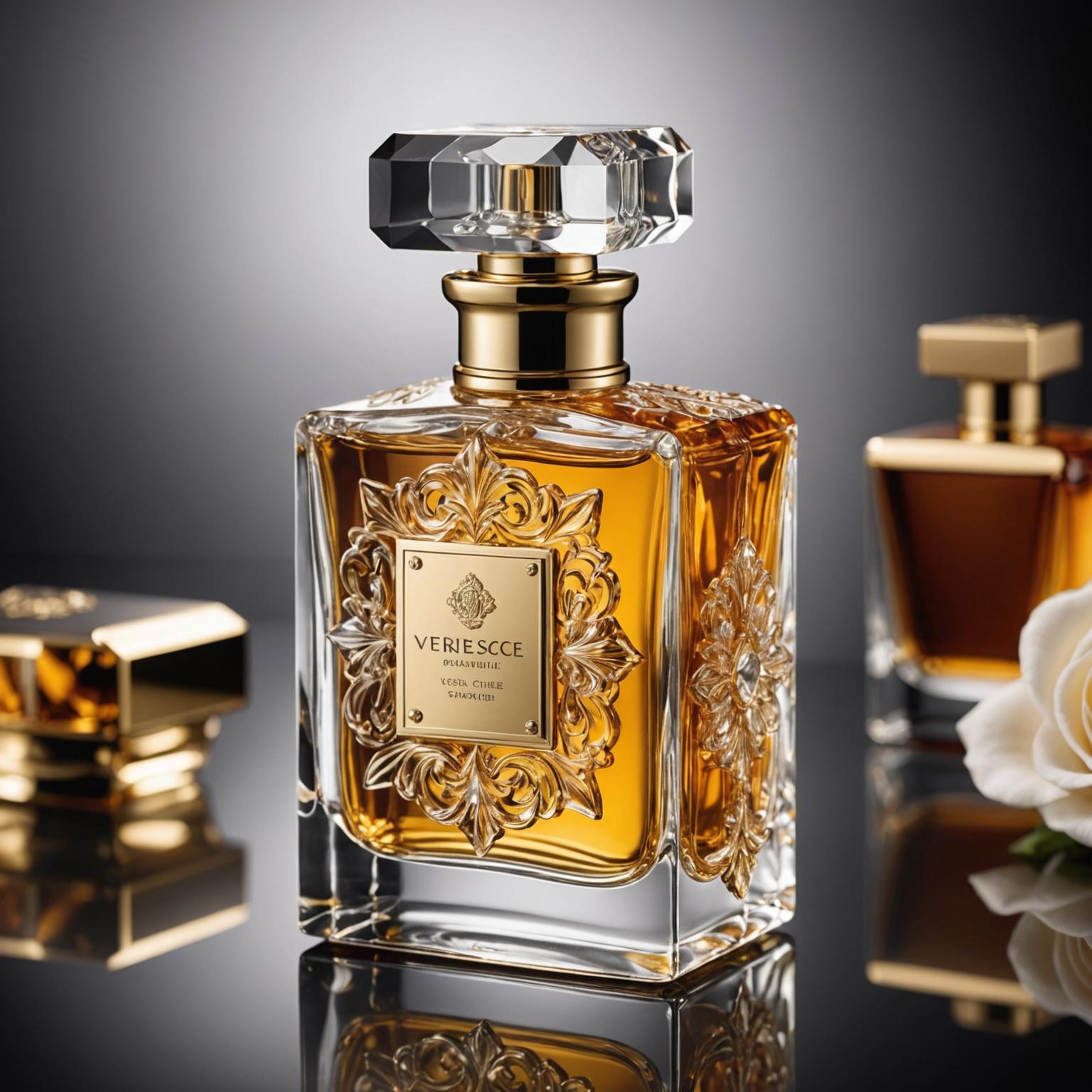Glass bottles may look clean—but residue, odors, or film often linger inside. If you want a natural, non-toxic way to clean and deodorize them, vinegar is your go-to solution.
To clean glass bottles with vinegar, soak them in a warm water and vinegar mixture, scrub with a brush or rice, and rinse thoroughly to remove stains, cloudiness, and odors.
Vinegar isn’t just eco-friendly—it’s incredibly effective for glass. Let’s walk through exactly how to use it for deep, reliable bottle cleaning.
How do you clean glass bottles with vinegar?
Whether you're repurposing essential oil bottles or prepping refillable packaging, vinegar offers a safe, chemical-free way to remove residue and restore clarity.
To clean with vinegar, fill the bottle halfway with white vinegar, add warm water, let it soak, and scrub with a brush or abrasive method if needed.
Step-by-Step Vinegar Cleaning Process
| Step | Action |
|---|---|
| 1. Pre-Rinse | Rinse bottle with warm water to remove loose debris |
| 2. Soak Mix | Fill bottle 50% white vinegar + 50% warm water |
| 3. Let Sit | Let soak for 30 mins to 2 hours (overnight for heavy stains) |
| 4. Agitate | Add rice or baking soda and shake to scrub interior |
| 5. Brush | Use bottle brush if opening allows |
| 6. Rinse | Rinse thoroughly with clean water |
| 7. Dry | Air dry upside down on clean towel |
At PauPack, we engineer glass bottles with smooth interior walls and mold-resistant coatings—making them easier to clean and ideal for refill cycles or eco-conscious beauty brands.
How do you clean glass with vinegar cleaning solution?
Vinegar isn’t just for interiors—it works wonders on bottle exteriors and labels too. When diluted correctly, it becomes an effective all-purpose cleaner.
To make a vinegar cleaning solution, mix 1 part white vinegar with 1 part distilled water. Spray or wipe the glass and polish with a lint-free cloth.
Vinegar Spray Recipe
| Ingredient | Amount |
|---|---|
| White Vinegar | 1 cup |
| Distilled Water | 1 cup |
| (Optional) Lemon Juice | 1 tsp |
Use this to wipe off label glue, fingerprints, or storage grime. It’s a simple way to restore shine before reusing or reselling. At PauPack, our packaging solutions come with optional label removal designs and test-certified glass surfaces that clean easily without scratching.
How do you sterilize bottles with vinegar?
While vinegar is excellent for cleaning, it’s not a full sterilizer like boiling or alcohol. However, it’s a useful pre-sterilization step—especially for oils or food-safe bottles.
To sterilize with vinegar, soak the bottle in full-strength white vinegar, rinse, and follow with a boiling or alcohol treatment for complete sanitation.
How to Use Vinegar as Part of Sterilization
-
Clean Bottle First: Remove all dirt, labels, and residues.
-
Vinegar Soak: Fill with pure white vinegar, let sit 15–30 minutes.
-
Rinse with Boiled Water: Kills residual bacteria.
-
Dry with No Contact: Let dry upside down on sterile surface.
For PauPack clients in the beauty, wellness, or food industries, we offer pre-sterilized packaging options and heat-resistant glass for safe post-cleaning treatment.
How do you clean a drinking bottle with vinegar?
From reusable water bottles to infused oil containers, lingering odors and mold can ruin your product. Vinegar helps fix that without chemicals.
To clean a drinking bottle, fill it with vinegar and water, shake with baking soda or rice, and rinse thoroughly with clean water.
Drinking Bottle Deep-Clean Routine
| Step | Action |
|---|---|
| Fill Bottle | 50% vinegar, 50% warm water |
| Add Scrub Agent | 1 tsp baking soda or 1 tbsp rice |
| Shake Well | Scrub inside walls with motion |
| Soak Overnight | Optional for deep deodorizing |
| Final Rinse | Use filtered water to finish |
Many PauPack clients in hospitality and retail now offer refillable bottle programs. Our high-clarity, food-safe glass is built to handle repeated vinegar cleanings—without discoloration or residue retention.
Conclusion
Cleaning with vinegar isn’t just smart—it’s sustainable, cost-effective, and safe for every glass bottle you reuse. Add this simple step to your workflow and keep every bottle clean, clear, and ready to shine.



